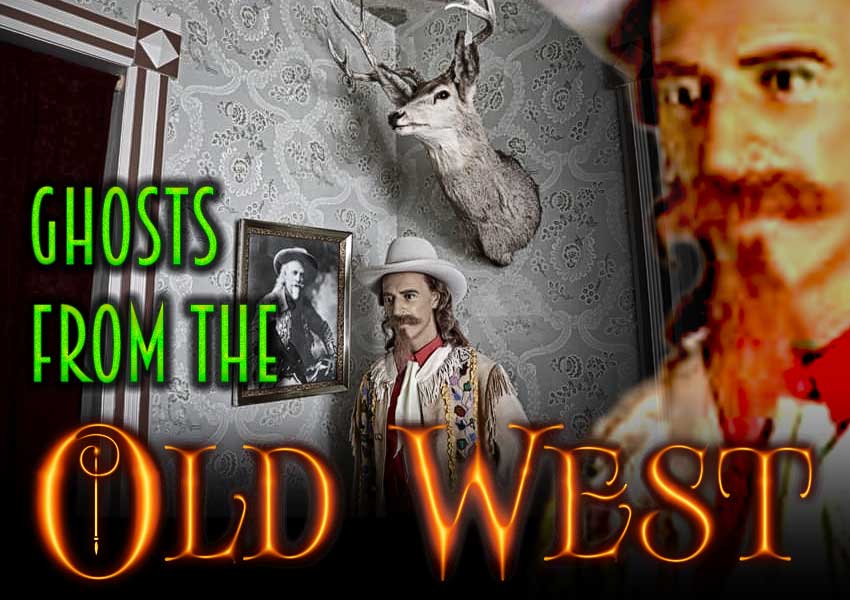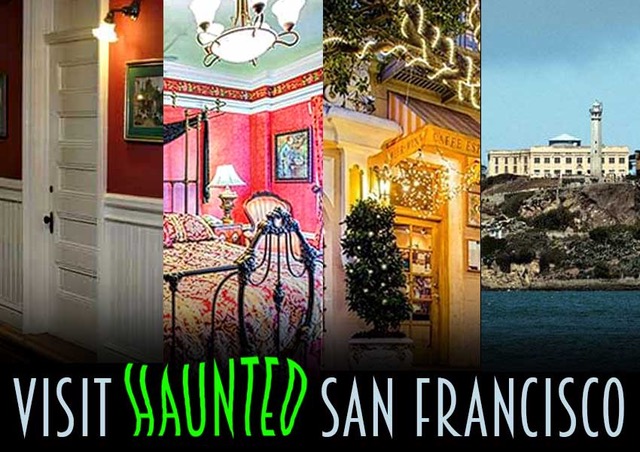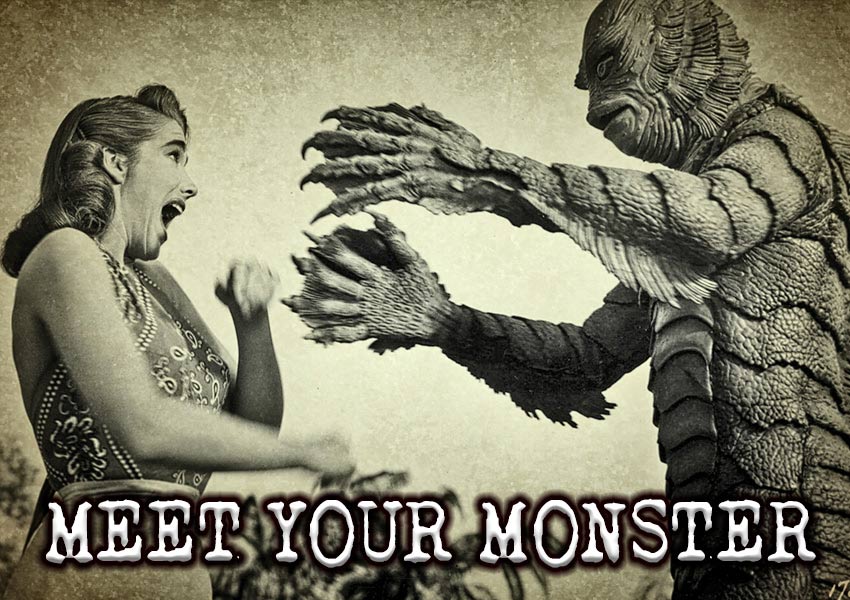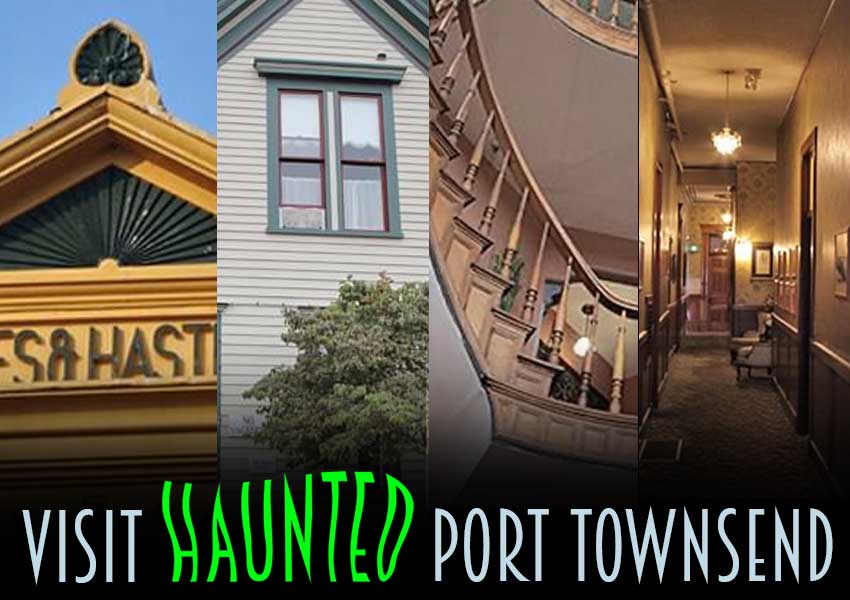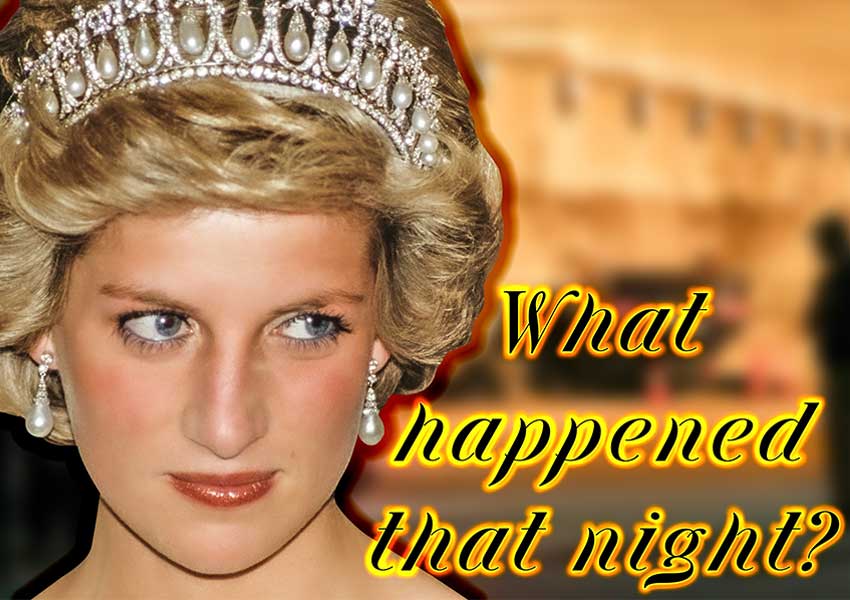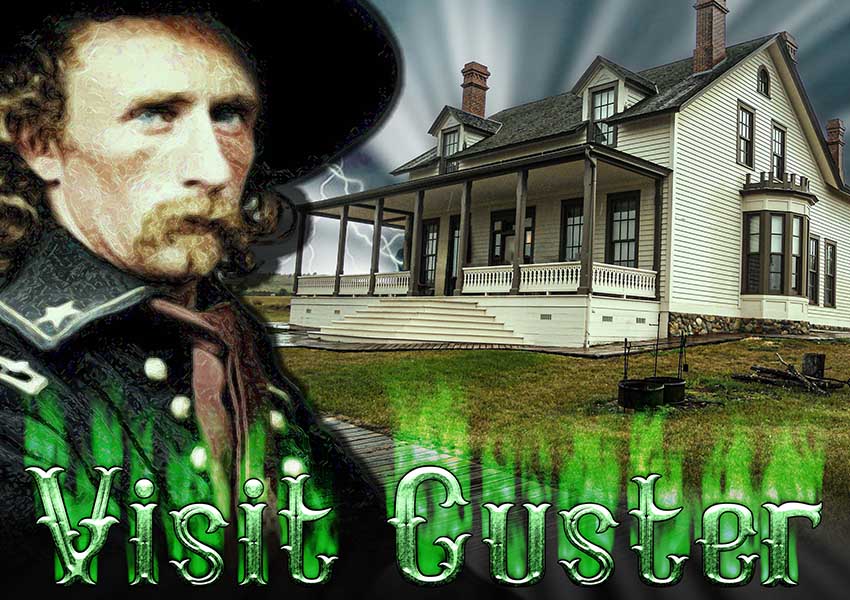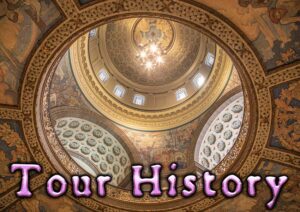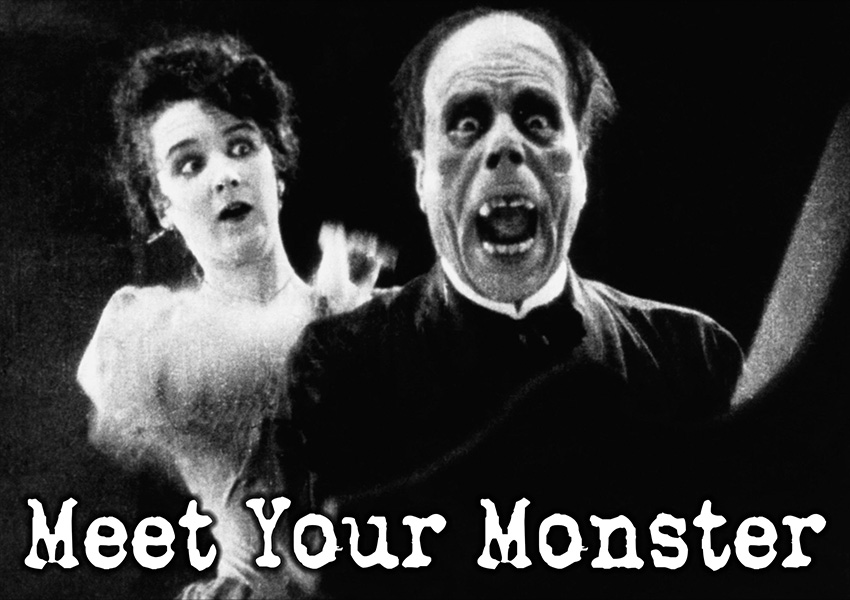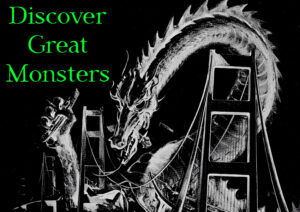Salem Oregon
Willamette Heritage Center (Mission Mills Museum)
After closing time, spectral people of faith continue to worship.
Human anger has caused two hauntings that are witnessed.
The Willamette Heritage Center has a spectral unpaid employee still working.

DESCRIPTION
The Mission Mill Museum, whose official name is now The Willamette Heritage Center, is regionally recognized as “premiere Salem, Oregon historical attraction.” It is home to Salem’s prominent pioneer buildings and houses located on a park-like five acre plot of land. There is plenty to see and learn in a beautiful setting, honoring Salem’s pioneer years.
There are fourteen buildings and homes located here, and all are on The National Register of Historic Places. There are permanent and changing exhibits in each of these structures.
Textile Learning Center – classes for students and adults, in a variety of yarn and weaving projects are held after closing hours and on Saturdays. Also, events like the upcoming “From Sheep to Shawl” are listed on their website.
There also is “a cafe, retail shops, art galleries, cooperative artist studios and offices for their partner organizations” located at Willamette Heritage Center.
Willamette Heritage Center offers rental space inside some of the buildings that have good spaces inside. The Card Room, The Dye House, The Pleasant Grace Church, and the third floor of the Thomas Kay Woolen Mill.
The centerpiece of Willamette Heritage Center is The Thomas Kay Woolen Mill. It is a National Park Service designated American Treasure. As the structure stands now, it is a huge rectangular, three story building made of bricks. At some point, two stories were added. The large third floor of the Thomas Kay Woolen Mill building, the spinning room has long been rented out for social events, as it was/is a beautiful, large space.
Today, folks can still rent out the old spinning area floor for banquets, social events, theatre events and large classes or seminars. Now the building is a museum showing how high quality woolen textiles were made: water power, fabric milling and finishes, etc.
Looking at the website tour of the Thomas Kay Woolen Mill, it is fascinating to see all the steps needed to make highly regarded woolen items that this woolen mill was well known for. The original machinery is all still there, as well as more modern machinery used by the research and development of textiles done by the Research Textile Center.
The 1841 Methodist Parsonage is located in the southeast corner of the property, between the Entrance Building and The John D. Boon House. It is one of three second framed houses that existed in early years of Salem. It was built in 1841 to house members of the Methodist Mission to Oregon (1834-1844)
There is a Historic Presbyterian Pleasant Grove Church building, built in 1858 that is located in the northeast corner of the Willamette Heritage Center acreage. “A simple interior finish of the Pleasant Grove Church reflects the 1850 Oregon lifestyle. Typical of these pioneer structures is the almost exclusive use of clear, vertical grain Douglas Fir.”
Other homes of the founding Salem citizens who were the movers and shakers of Salem in its pioneer years, have been moved to Willamette Heritage Center property.
Jason Lee House was built in 1841. The house was divided up into four apartments, to house 4 missionary families: Judsons, Parrishes and Raymonds. Jason Lee and his family living in one of the first floor apartments. All residents shared the kitchen area. It was moved to Mission Mills Museum in 1959.
John D. Boon House Built in 1847, this house would be welcomed today by “tiny house” enthusiasts, but covers the basics for this original couple. It has a tiny kitchen, a formal dining room and a bed room and sitting area. It was built by settlers John D and Martha Boon and family
Be sure to check out the Pioneer Herb Garden, recreated during the Mission Mills Museum years.

HISTORY
Thomas Lister Kay was born in 1837 in England to a working class family. At the age of ten, Thomas was introduced to the woolen mill industry when he started to work there. He soaked in knowledge of the details of running a woolen mill. After a ten year stint there, he acted on his dream of having his own factory and sailed for America at the age of 20. He fell in love, married Ann Slingsby, and they started their large family.
After working on the East Coast for six years, using what he had learned, he was offered a partner position at the Brownsville, Oregon woolen mill in 1863. He took his eldest daughter with him, whom he taught the ins and outs of running a woolen miill. She eventually married a Mr. Bishop, and they moved to Pendleton, Oregon, and started their own woolen mill business, buying the old Pendleton Wool Mill.
In 1888 the large Kay family moved to Salem where Thomas fulfilled his dream when he set up The Thomas Kay Woolen Mill in 1889. It opened in 1890 as a state-of-the-art woolen mill with all the newest bells and whistles in equipment and machinery. It employed fifty people. The product was superior, and the company earned high marks for the exceptional quality found in their woolen textiles.
When a fire in 1895 destroyed the woolen mill, his reputation and status raised the funds quickly to start a new brick Thomas Kay Woolen Mill; built to last the ages. One year later, Thomas was back in business. He received prize-winning acclaim before he died in 1900.
During the years that this premiere woolen mill remained open, three more generations of the Kay family ran the Thomas Kay Woolen Mill after Thomas L Kay died in 1900. Thomas B Kay, then his son Ercel, then Ercel’s son Tom Kay each took their turn in running this family business. They kept the high standards in production that Thomas Kay had originally set.
After Thomas B Kay took over for his father, the woolen mill flourished from 1900-1925. Their success declined throughout the 1930s’, but business was booming through World War 2.
In the years after World War 2, The Thomas Kay Woolen Mill struggled along but managed to make enough to stay open. Finally, in 1962, they chose to close down completely because of aging equipment and the popularity of synthetic fabrics among the populace.
In 1967, The Mission Mills Association bought the Thomas Kay Woolen Mill, and all of its acreage for 160,000 dollars. They moved the 1847 John D Boon House onto their property.
In 1977, restoration of the first floor of The Thomas Kay Woolen Mill was started. In 1978, the mill’s turbine is restored to be able to supply power.
In 1982, The Mission Mill Museum Association made an agreement with the Salem Art Association to turn the old Thomas Kay Woolen Mill into a center for research and development of textiles known as Northwest Textile Center.
In 1983, grants of $430,000 that were received, spurred on the restoration efforts of the 2nd floor of the mill, the Dye House, and Wool Warehouse.
In 1984, The Northwest Textile Center merged with Mission Mill Museum, while the Pleasant Presbyterian Church found a home on Mission Mills Museum property.
From 1985 to 2005, buildings were restored and more grants were received. In 2010, the Mission Mill Museum Association (est. 1964) and the adjacent Marion County Historical Society (est. 1950) merged and became Willamette Heritage Center. They put their buildings and picturesque outside spaces to work to bring in money to help sustain their expenses.
HISTORY OF MANIFESTATIONS
People who die from their own mistakes that could’ve been prevented if they had paid attention can’t forgive themselves and haunt the place of their death. If it was someone else’s mistake that killed them, they can’t let go of their rage either.
A workman was killed in the Thomas Kay Woolen Mill because of a preventable mistake done by him or a fellow worker.
People who die at the hands of another, or by their own choices and actions, sometimes can’t let go of this world because of the circumstances of their death, maybe even reliving their experience over and over again, perhaps trying to change what happened to them.
A female entity relives her terror before being murdered.
People who have a dedication to their life’s work, become attached to their work place and sometimes like to continue on in spirit form.
Some entities are still practicing their devotions to the Lord, not letting the fact that they are dead stop them. The Willamette Heritage Center has an unpaid employee who tries to do his job in spirit former.

MANIFESTATIONS
The Turbine Room located in the Thomas Kay Woolen Mill.
People have sensed extreme anger and pain here related to a past male workman who was trying to work on a turbine that was either still on or accidentally turned on while he was working on it, killing him in a painful way.
Methodist Parsonage
Apparently, after the Willamette Heritage Center is closed, a spectral pastor is leading a small group in worship and perhaps Bible Study in his home probably during the early evening hours.
Presbyterian Church
Staff have heard during the evening hours after Willamette Heritage Center closes, services being held for spirits attached to the building.
On the Bridge by the Water Wheel
A female entity is seen by staff running across this bridge in desperation. Her husband had killed her on this bridge.
Male Entity Groundskeeper – Wayne
He so enjoyed his work here as groundskeeper that he has chosen to stay to care for and watch over the grounds as best he can in spirit form. He has been visibly seen as well.
STILL HAUNTED?
Very Probably so. Despite having no published hard evidence, to back up the many personal experiences that people have reported, there are volumes of reports of the same paranormal manifestations.
Staff members and the public that are involved in the the activities that take place here after 5 pm have long experienced these spirits.
Tourists and day staff have long felt the angry, depressed unseen presence in the turbine room, seen the frantic woman, trying once again to escape her death, and Wayne, is still working at a job he loved.
No public investigations are allowed on campus because the Willamette Heritage Center want people to come and enjoy the history that has been restored, not the spirits who have also stayed or visit a lot.
Still, Several paranormal investigation teams, like the Salem Paranormal investigators have listed The Willamette Heritage Center as being haunted. It has been a story in several Haunted House Books as well as a haunted place.
LOCATION
3229 NW 1313 Mill Street SE
Salem, Oregon
Willamette Heritage Center is located in downtown Salem, just three blocks from the Oregon State Capitol at 12th and Mill Street.
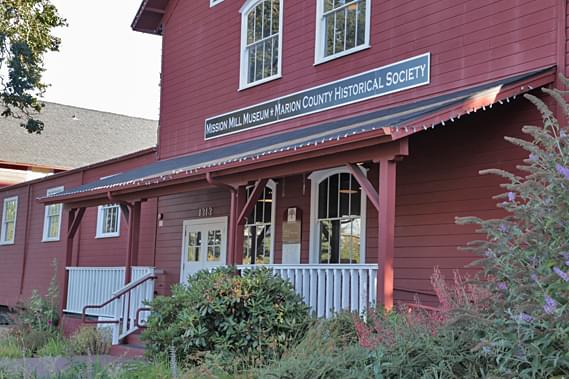
SOURCES INCLUDE
- Haunts of Western Oregon
by Kent Goodman
Schaffer Publishing – 2009 - oregonlink.com/mission_mill/
- willametteheritage.org/category/exhibit-news/
- salemoregonparanormalsociety
- salemhistory.net/people/thomas_kay.htm
- salemhistory.net/places/mission_mill_timeline.htm
- wikipedia.org/wiki/Willamette_Heritage_Center
- willametteheritage.org/exhibits/
Our Haunted Paranormal Stories are Written by Julie Carr
Our Photos are copyrighted by Tom Carr
Visit the memorable… Milwaukee Haunted Hotel



